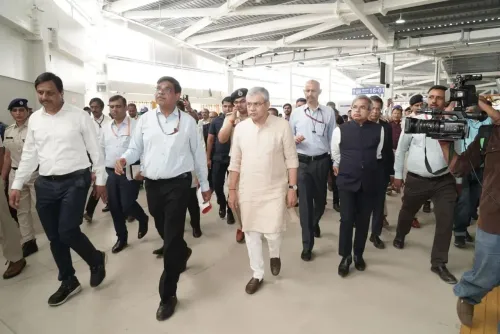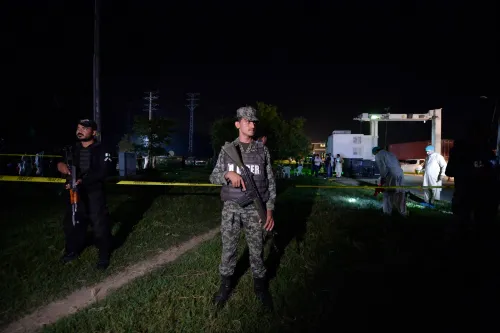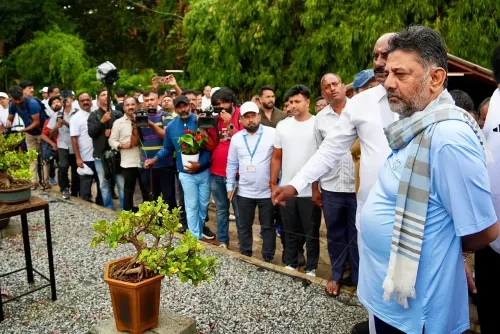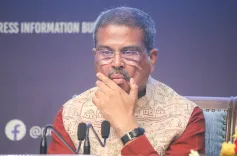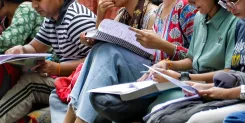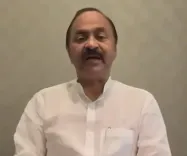How is the Maha government setting standards for app-based services?
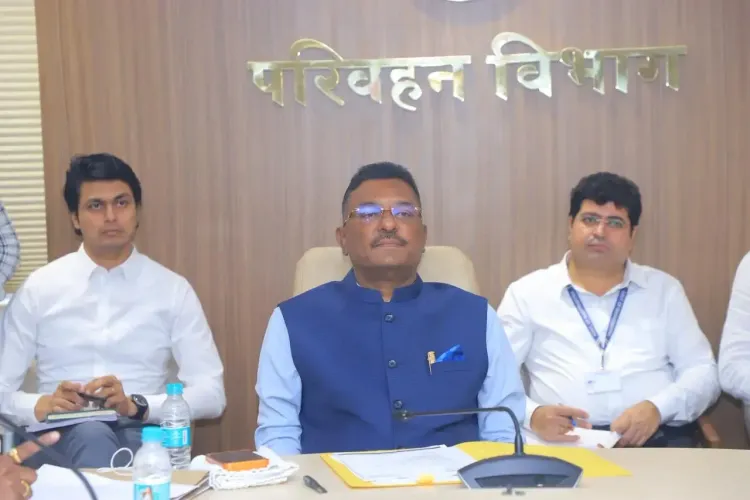
Synopsis
Key Takeaways
- New regulations for transport services established in Maharashtra.
- Public feedback invited until October 17.
- Fare regulations to enhance transparency.
- Driver training programs are now mandatory.
- Accessibility features for disabled passengers are required.
Mumbai, Oct 10 (NationPress) In an effort to enhance discipline, transparency, and passenger safety in app-based transport systems like Ola, Uber, and Rapido, the Maharashtra government has introduced the Maharashtra Motor Vehicle Aggregator Rules, 2025 and Maharashtra Bike-Taxi Rules, 2025 on Friday.
The state aims to set new benchmarks for all app-based transportation services.
Feedback from the public is invited until October 17, after which these draft regulations will come into force, stated State Transport Minister Pratap Sarnaik.
"These regulations will enhance the relationship between aggregator companies, drivers, and passengers, promoting transparency and significant improvements in fares, service quality, driver rights, and passenger safety. They will apply to all passenger motor vehicle aggregators, including e-rickshaws, Ola, and Uber. Additionally, a distinct Maharashtra Bike-Taxi Rules, 2025 will govern bike-taxi services, necessitating a separate license for operations," Minister Sarnaik elaborated.
Under these regulations, a district-level transport authority will issue a license at a fee of Rs 10,00,000, with a renewal cost of Rs 25,000. The Regional Transport Authority will charge Rs 2,00,000 for license issuance and Rs 5,000 for renewal, according to the government statement.
Furthermore, aggregators must pay a security deposit based on the number of vehicles. For up to 100 buses or 1,000 vehicles, the security deposit is Rs 10 lakh; for up to 1,000 buses or 10,000 vehicles, it is Rs 25 lakh; and for over 1,000 buses or over 10,000 vehicles, the security deposit is Rs 50 lakh.
The state government has proposed rent regulations that allow fare increases during high demand but limit it to no more than 2.5 times the base fare determined by the Regional Transport Authority. Conversely, fares must not drop below 25 percent of the original rate during low demand.
The convenience fee charged to riders will not exceed 5 percent of the original fare, and total deductions must not surpass 10 percent.
Regarding operational hours, drivers can be logged into the app for a maximum of 12 hours daily, followed by a mandatory rest of 10 hours.
Before connecting to an aggregator, drivers must undergo a 30-hour motivational training program. If a driver's average rating falls below two stars out of five, they must complete remedial training and will be suspended from the app until they recover their rating.
The app must also provide passengers with an option to purchase travel insurance up to Rs 5 lakh.
Autorickshaws and motor cabs should not be older than nine years from their registration date, while buses must not exceed eight years.
Additionally, the app should be accessible in Marathi, Hindi, and English and must be designed so that drivers cannot view passengers' destinations before accepting rides. It should allow passengers to share their live location and track their journey status. Accessibility features for disabled passengers are also made mandatory.


